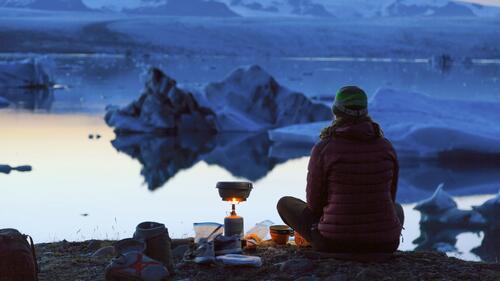Venturing outdoors on your own can be a liberating experience, albeit a daunting one at first. In light of the current pandemic and restrictions on indoor activities, many of us are continuing to turn to the outdoors for tranquil escapes, despite the increasingly frigid winter temperatures. Whether you’re finally venturing out alone because you’ve always been curious about going solo, or because your buddy ditched at the last minute, you’ll discover that there’s a huge sense of accomplishment in experiencing the outdoors by yourself. The key to mitigating those fears of hiking, snowshoeing, or camping alone is to show up prepared.
Let Someone Know
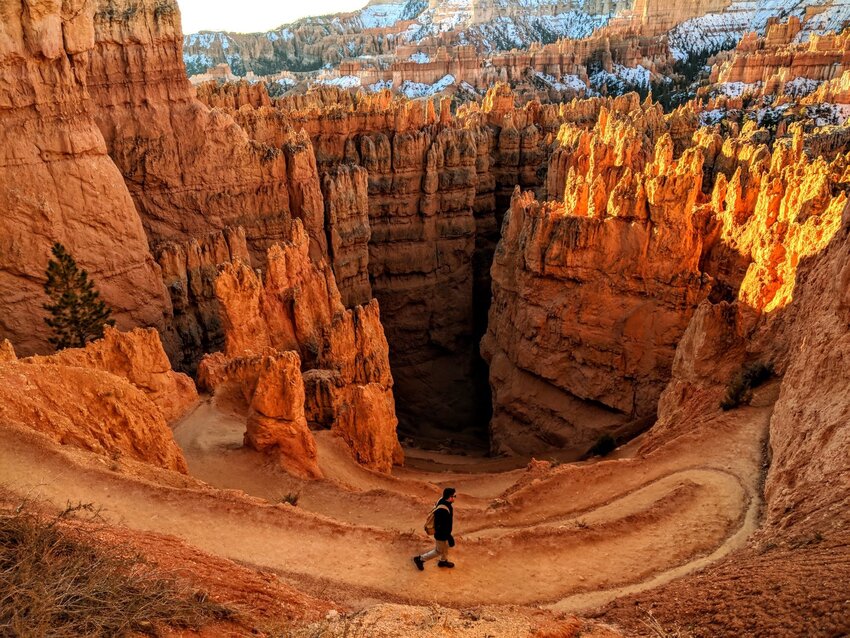
When you’re exploring alone it’s important to let someone you trust know where you are. Draw up an itinerary and fill in as many details as possible, including which trail you’re taking, which path you plan to follow if there’s a fork in the trail, and the name of the campsite you plan on staying at. Check in with this person while you still have a cell signal, and let them know when you plan on contacting them again. In your itinerary, detail a plan of action that lets this person know what to do and who to contact if you fail to check in at the expected time. Even if you’re more of a go-with-the-flow type of outdoor adventurer and prefer to drive until you find a campsite, provide as many details as possible by letting this person know what road you plan to end up on.
Don’t Push It
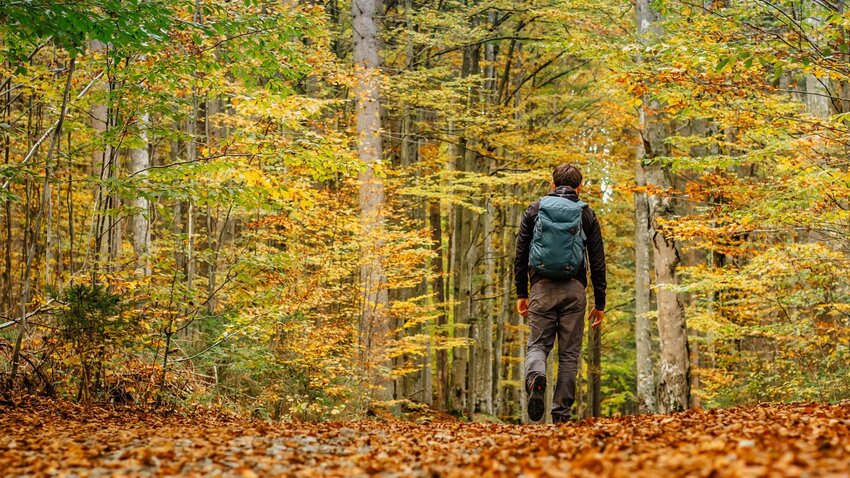
Don’t make your first solo outdoor adventure about pushing your limits by exploring new trails and uncharted territory. Focus instead on making the experience a relaxing one, even if it means exploring a trail you already know, or camping at a site that you’ve already been to. Do extensive research and equip yourself with an offline navigation app like MAPS.ME if you’re keen on checking out a new area, and check in at the park’s welcome center for a paper map for backup. Stay on well-marked trails where there are going to be other hikers around. As you make your way up the mountain, you can make conversation with hikers coming down about the conditions up ahead if you need guidance.
Make Yourself Known
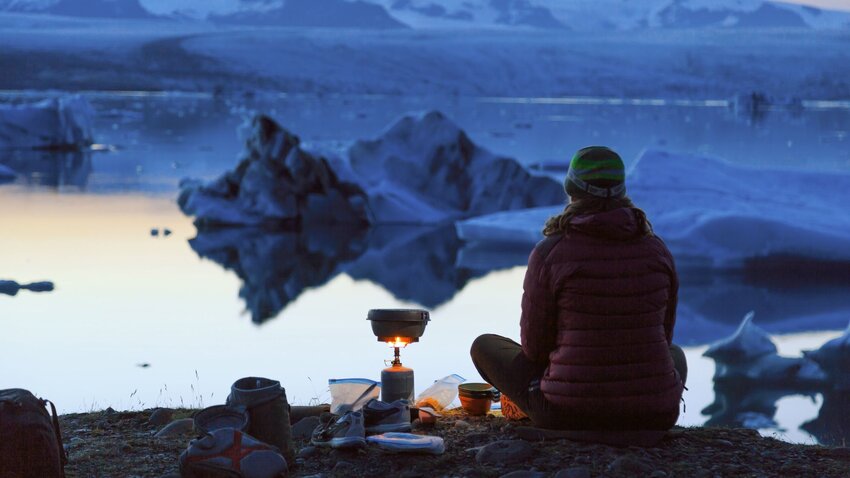
If you're solo camping for the first time, consider sticking to larger campgrounds at the national parks where there are ranger stations. It’s a good idea to introduce yourself to them so they’re aware of who you are and where you’re staying. Park rangers can also give you the most up-to-date information on the day’s conditions so you can best judge which area of the park to explore. When you’re alone, it’s important to make noise when you’re hiking in the woods so animals know you’re coming and will be less likely to make an appearance. Keep your keys in your pocket so they jangle, or strap a set of bear bells to your backpack to warn animals of your presence. Don’t shy away from sleeping in your car at the campsite, especially if you’re a little nervous about wildlife encounters in the middle of the night.
Pre-Trip Planning
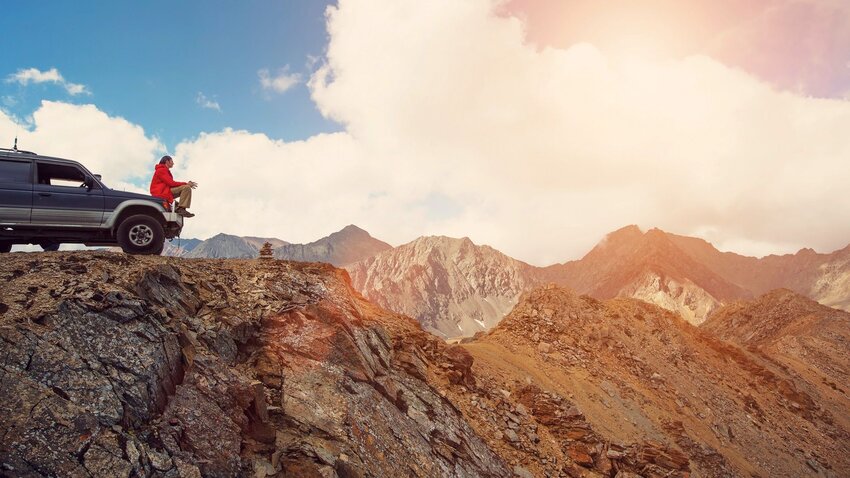
This requires a bit of homework, but knowing what to do in a variety of hypothetical scenarios will take away the anxiety of being on your own in the outdoors. Before you leave on your winter adventure, practice setting up your tent in your backyard until you’re familiar with it, and learn where to store your food and toiletries so the animals don’t get it. Research your campsite and know where the nearest town is in case you run out of supplies. Make sure your car’s ready to go by completing an oil check and brake test to minimize chances of an emergency visit to the mechanic.

